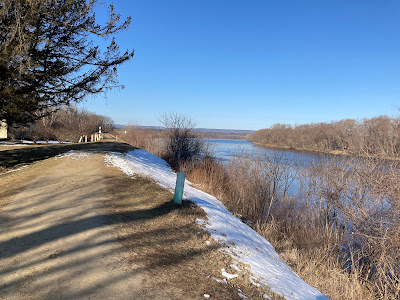Claverack, New York - "Blessing For Our Journey"

The German column of the Convention Army spent two nights in Kinderhook, New York , and resumed their march from Saratoga to Cambridge on October 24, 1777 . T heir commander, Major-General Friedrich Adolph Riedesel , along with his wife and three of their children, now traveled with them. In the week since the surrender on the 17th, the column had traveled south through the Hudson River Valley and now southeast along the west slope of the Taconic Mountains . Four months earlier Johann Christoph Dehn, a clerk with the Specht regiment, had written optimistically to his parents in Germany: "We are on a march to visit the rebels. To this end, we will be embarking on Lake Champlain, leave Canada and take up residence in Albany." [1] Instead, their march on the 24th would take them further east and further away from the objective of their campaign. From Kinderhook they entered Claverack. "Klaverack", as it appears o...


